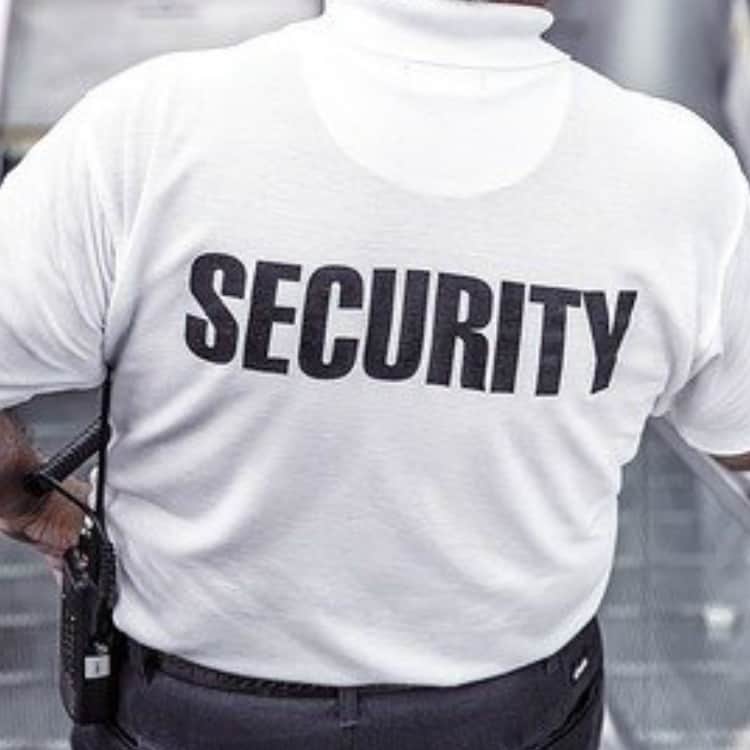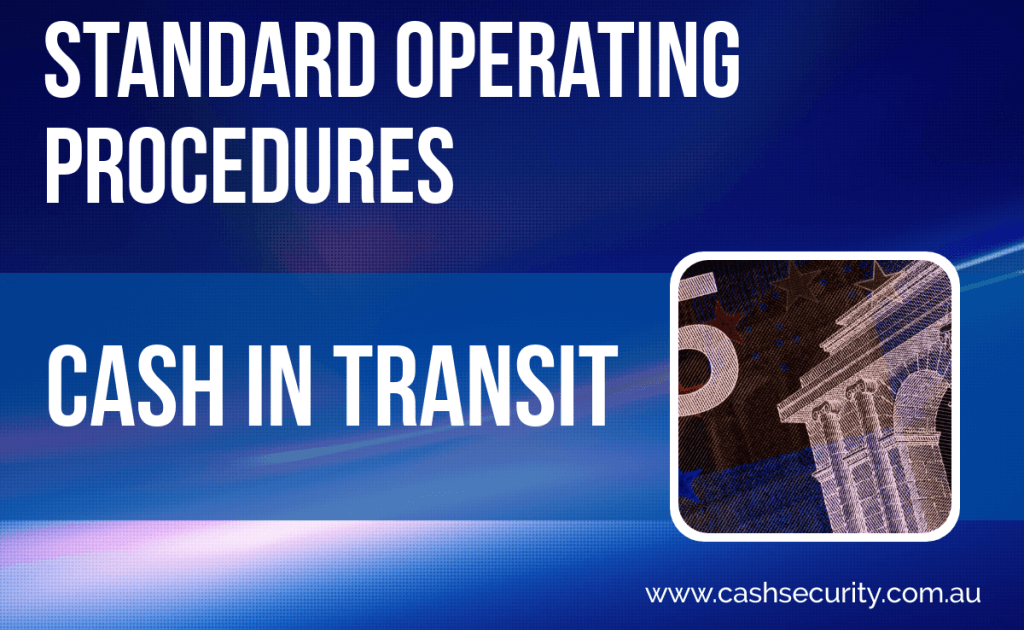Handling cash can pose a lot of risk. This is true both in business premises and during cash in transit. And it is not unusual to hear news about cash robbery. If we look at the bigger picture, the heist does not usually happen by chance, it is planned. One thing that we need to remember, robbers are looking for opportunities. Therefore, how we safely handle cash as seen by the public plays a part. Thus, we might ask ourselves, “Do I give robbers a reason to commit a crime?” Let us see how we can properly handle cash, and make robbers think that there’s not much to steal from you, and make them think it’s not worth the effort of stealing.
Inside the business premises, there are practical ways of handling cash.
First, you have to be clear as to who are allowed to be in the work area of the cashier. Be specific and firm, never allow any unauthorized individuals to get near the cash register. Make it clear that only authorized employees can have access of the till. Of course, it would be wise to avoid stationing the cash register in the front of the store. In addition, you may cover the cashier area with bulletproof glass and doors with locks to ensure cash security. When opening or closing major cashier stations, it is better to do this at the end of the working or business hours, and accompanied by a second person who can observe the area.
While cash counting is inevitable during business hours, avoid counting large amount of cash in front of customers or any unauthorized individual.
What else are effective ways to augment cash security?
Install a safe to secure your cash. Safes with time delay combination lock gives excellent protection against robbers. The combination must be given only to authorized individuals, and that person should make sure that no one is present whenever he opens the safe, as to keep the combination confidential. It is also recommended that the combination must be changed at least once a year. Whenever an authorized person leaves the business, or is no longer connected with the company, the combination should be changed.
In addition, the visibility of an installed CCTV system is another sure way of telling robbers that they are being watched.
As much as possible, transfer your money in the bank. Avoid keeping them in the business premises.
How about cash in transit security?
Some might think that bringing large amount in a fewer trips means lesser probability of cash heist, but it’s the other way around. It is best to make regular trips of transporting cash, with small amount of cash each trip. This would mean only a minimum amount of loss in case of criminal assault.
It is recommended that cash should be transported using a vehicle instead of on foot. Routes should also be varied, as well as the time of transport. Staff should make sure that the vehicle doors are properly locked.
Staff should be trained on correct safety procedures, and emergency response. They should not transport cash alone. It is also important to educate the staff about proper priorities in case of an emergency or a cash heist – staff safety is weightier than cash safety. After all, life is more precious than any material possession.
If you feel that your business needs to apply the mentioned standard security procedures and cash security tips, do not hesitate to do so. You may try to examine how you are currently providing cash security, and can always find ways to improve.
Cash Security Services specialises in secure transportation of your money to the bank. We currently provide security guard services for your business needs. Visit our home page for more information. www.cashsecurity.com.au



